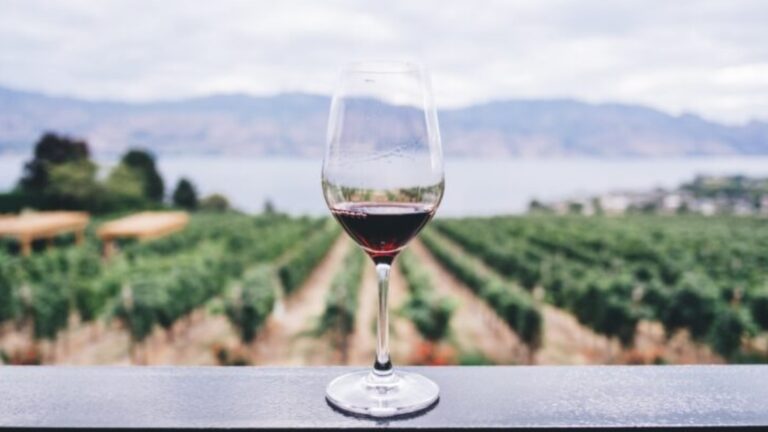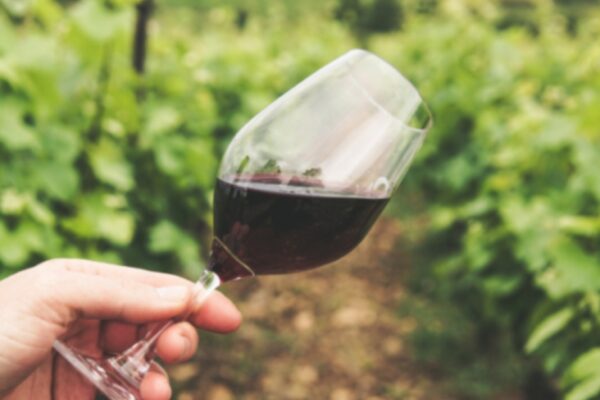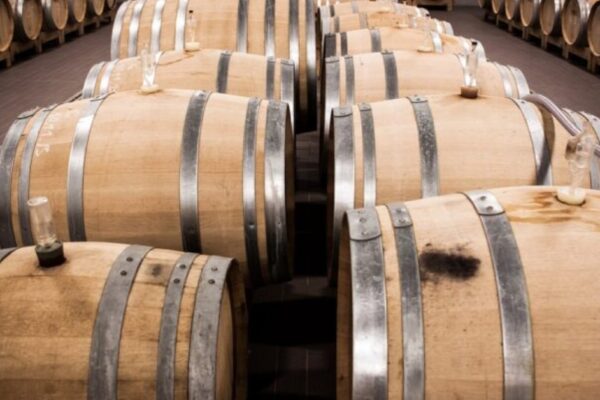When it comes to the style of wine, many say they prefer Old over New or vice-versa, without knowing exactly what is the difference between the two. There isn’t a style which is better than the other, as both have their own characteristics. Essentially it simply depends on your personal tastes. Yet, it is important that you understand the two styles if you are willing to learn and expand your knowledge of wine. Make sure to first familiarise yourself with the wine tasting principles.
What are Old World Wines and New World Wines?
Here are 5 key differences between the two styles of wine that will help you understand what each style is all about.
1. Geographical Distinction
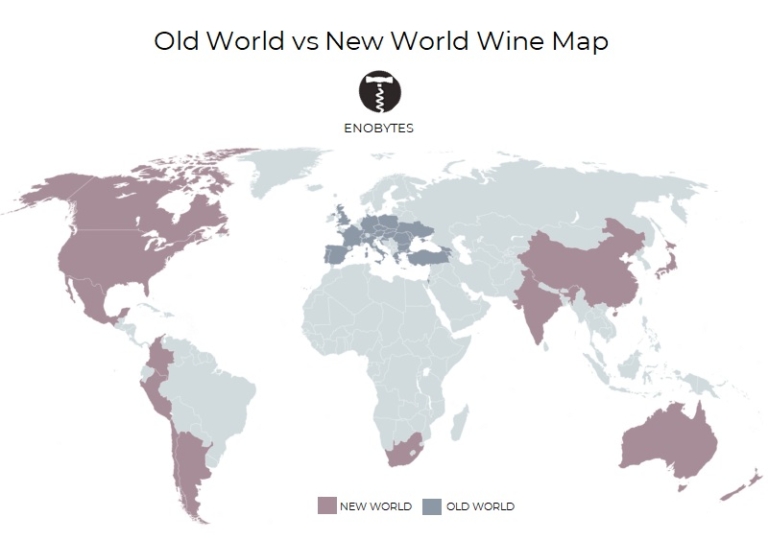
Old World is used to refer to grape varieties that grow in European and Middle Eastern countries. Old World wine countries are considered the birthplaces of wine. These include France, Spain, Italy, Germany, Portugal, Austria, Greece, Croatia, Lebanon, Israel, Georgia, Romania, Hungary, and Switzerland.
New World refers to wines coming from countries that used to be colonies. New World wine countries include the USA, Chile, South Africa, Argentina, New Zealand, and Australia.
2. Taste
Since New World countries tend to have hotter climates, generally speaking, wines from the New World tend to be fuller-bodied. They also tend to have more pronounced fruit flavours and higher alcohol content. Generally, Old World wines tend to be lower in alcohol, lighter-bodied, and more restrained.
3. Wine-Making Process of Old and New World Wines
When it comes to the wine-making process, the difference revolves around traditional methods and the adoption of technological advances.
Approach to Wine Making
Winemakers of Old World wines stick to the old traditional methods and standards of wine-making. The same wine-making process tends to be passed on from one generation to the next. This is mainly due to heavy wine-making restrictions and pre-set guidelines to which all wineries must adhere.
The entrepreneurial spirit is the driving force for winemakers of New World wines. In fact, their winemaking practices tend to be dramatically different and involve a lot of experimentation. In the New World, winemakers tend to delve away from practices already tried towards learning how to incorporate technological advances in making wine. For instance, in the New World, we find stainless steel tanks instead of oak barrels. As a result, New World wines miss out on the secondary aromas of oak and instead develop a bolder expression of fruit.
Style of Wine
In terms of style, Old World wines tend to be associated with more ‘elegant’ wine styles, whilst New World wines tend to be fruit-forward styles. As said earlier, no style is better than the other but both are worth exploring. Here is worth mentioning that the long-held stereotypical belief that French wines ruled the world, was proved wrong in 1976 in the “Judgement of Paris”.
On 24th May 1976, Steven Spurrier, an Englishman running a wine school and a wine shop in Paris, organized a wine tasting event. This event hosted six top Californian Cabernets and Chardonnays in celebration of the American Bicentennial. In addition to these Californian wines, he included four Bordeaux wines and four white Burgundies to serve as benchmarks in evaluating the Californian wines. The judges present during this event were among the best tasters in France. To everyone’s surprise, the judges preferred a Californian wine over the French, for both the reds and whites.
The winning wines during the Paris Tasting event were:
- The 1973 Stag’s Leap Wine Cellars S.L.V. Cabernet Sauvignon was the winning red, and
- The 1973 Chateau Montelena Chardonnay was the winning white.
You can also watch the 2008 movie ‘Bottle Shock’, which is the story of the early days of wine-making of Californian wines. This movie also features the blind Paris wine tasting, known as the “Judgment of Paris”.
4. Label
A key difference which you’ll note as a consumer is the format of the label.
Old World wines list only the location where the wine is made. For example, the label says Chianti region (also known as wine appellation) without disclosing the wine’s grape variety. The term appellation refers to the geographical origin of wine and is often the name of a village. However, it can also be any geographical area that was defined and documented as part of a country’s wine classification system. Therefore, since the Chianti wine appellation requires wines to be made with a minimum of 70% Sangiovese grapes, you’ll know that a Chianti bottle you’re looking at is mainly coming from Sangiovese grapes.
Three examples of famous appellations include:
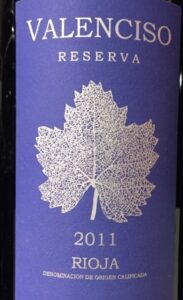
- “Barolo” is made from Nebbiolo grapes in a small area in Piedmont. These grapes are characterized by unique soil and climate conditions.
- “Beaujolais” is mostly made from thin-skinned Gamay grapes that are very low in tannins.
- “Rioja” is a blend of grape varieties, with the dominant grape being Tempranillo. Other grape varieties that may be included are Garnacha (for some fruitiness); Mazuelo, and Graciano.
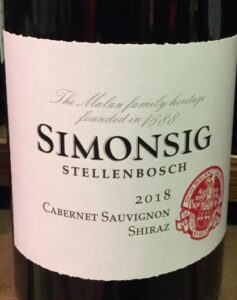
On the other hand, the New World makes your life easier to figure out what the wine’s grape variety is, as it is simply stated upfront on the label.
For instance, this photo on the right clearly indicates that this wine is made of the Cabernet Sauvignon and Shiraz grape varieties.
5. Terroir
Terroir comes from the French word “terre” meaning earth and refers to the interaction of soil, climate, topography, and grape variety in a specific geographical site. This unique combination is what makes wine in a given region very specific as it affects the ultimate aromas and flavour of the wine. For example, Graves is a wine district on the left bank of the Bordeaux region in France and is characterized by gravel soils (as its name implies). Since vines struggle to grow, the grapes are small and concentrated.
Vintage is also important in Old World wines. It refers to the weather in a particular year the grapes were grown and harvested. Since wines can be left to age for several years before being bottled, Vintage doesn’t refer to the year the wine was bottled.
With New World wines, the emphasis moves away from the environmental aspects to the winemaker’s capacity to craft outstanding wines.

